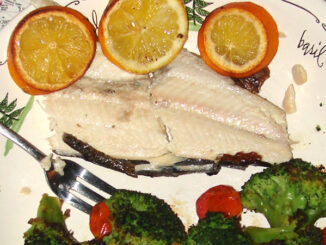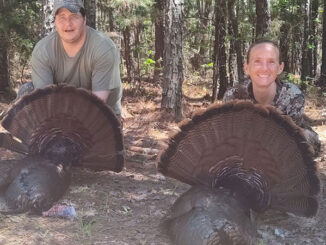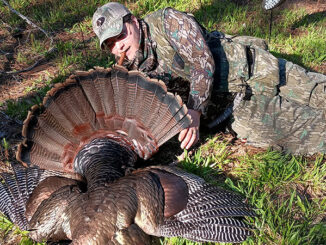
Programs provide fisheries data
Ever caught a fish that had a skinny piece of plastic sticking out of it and wondered how it had gotten there? If so, you probably caught a tagged fish. Fish are tagged for many reasons, including research and fishing tournaments, and you can do your part to help your state’s fisheries biologists if you catch one.
North Carolina and South Carolina both have tagging programs, and programs rely on recreational anglers to report any tagged fish they catch. The amount of information these agencies can gain from such reports is invaluable in more ways than most people understand.
Aside from S.C. Department of Natural Resources biologists tagging fish, South Carolina’s Marine Game Fish Tagging Program authorizes private anglers to tag fish, provided they apply as tagging volunteers. The program has been in place since 1974, when it became the first public tagging program on the east coast. More than 9,000 anglers have participated, tagging more than 134,000 fish.
South Carolina’s program lists 46 target species, with redfish making up about 46 percent of all fish tagged. SCDNR provides anchor tags and instructions on how to use them, as well as a data sheet for recording information for each fish tagged, including size and location of catch and release. This information is helpful when the fish is caught again, aiding biologists in determining growth rates and travel patterns.
You don’t have to be a volunteer fish tagger to help, however. Anyone who catches a tagged fish is asked to report the catch. A series of letters and numbers on each tag allows the agency to access data on that fish. If you catch a tagged fish, do your best to leave the tag in place, record the information on the tag, and forward it to the address on the tag, along with the fish’s current length and location of catch.
Anglers who report the catch of a tagged fish are rewarded with a T-shirt or hat. Also, both the angler who initially tagged the fish and the one reporting the recapture will receive a detailed report from SCDNR that shows the history of the fish.
Monthly and annual summaries of the program are available at www.dnr.sc.gov/marine/tagfish/publications.html. These show some interesting data, including how many tagged fish were recaptured each month, and/or how long it had been since the fish was initially tagged.
Recent data showed a redfish that was tagged on Aug. 31, 2014, was recaptured on Sept. 12; it was at large for 743 days. By contrast, another red caught, tagged and released on Sept. 3, was recaptured seven days later.
The N.C. Division of Marine Fisheries, on the other hand, asks anglers who catch a tagged fish to cut off the tag, record the information, and call a toll-free number (800-682-2632) to report the information on the tag, along with the date and location of recapture, as well as the fish’s length. Anglers are asked to mail the tag to NCDMF. If it’s a red tag, anglers will receive a $100 reward. A yellow tag is worth a cap, $5 or a similar reward. A drawing is held at the end of each year with all the returned tags, with the winning prize to be determined each year.
North Carolina anglers can also report their tags online, and see more information about the tagging program at http://portal.ncdenr.org/web/mf/tagged-fish.
Some fish may have been tagged by agencies other than the SCDNR or NCDMF. The Atlantic States Marine Fisheries Commission (ASMFC), the American Littoral Society, and the Cooperative Striped Bass Program are other agencies whose tagged fish may be caught in waters of either state. Those tags will have the appropriate reporting address or phone number on them.
Other organizations tag fish for contests, usually requiring that anglers register for a tournament to be eligible for prizes when they catch tagged fish. These tags will have appropriate reporting information included.






